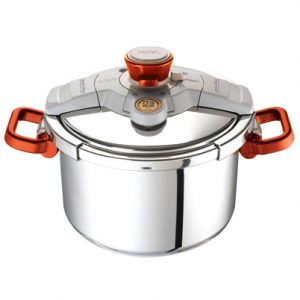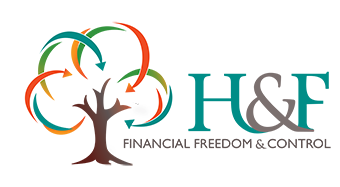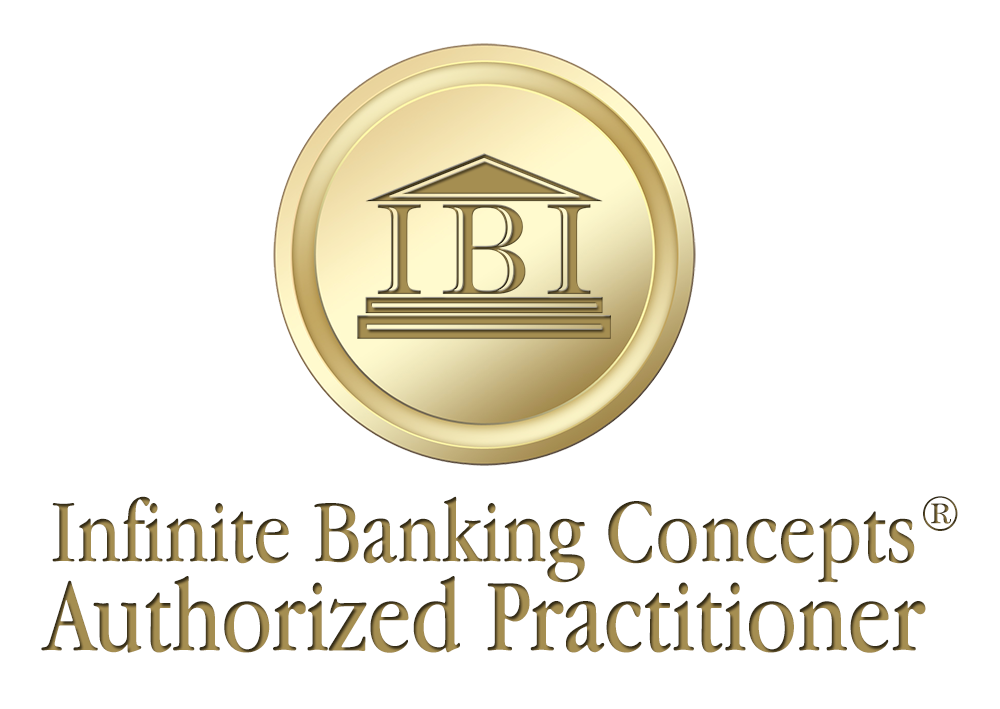The Pressure of the Stock Market

Unknown
Often in a visit with people about their money and finances it comes to my attention that they are having to lean more and more on higher risk investments to make money.
Why is this when it appears that the market is really doing well? To answer this question I believe you have to understand a diversified portfolio. Typically when a person is sitting down with the financial advisor of their choice that advisor does a risk analysis of the person who he is advising. This analysis is given much attention in the financial world so that advisers and the companies they represent can show that they are investing for the best interest of their clients. (To understand what makes the ideal investment click here) Once the analysis is complete then the advisor suggests a portfolio that should best represent their client’s risk tolerance.
This portfolio will typically be divided into segments of growth funds with high risks, stable blue-chip funds, and are balanced with such things as bonds, money market accounts, and cash positions. In the short history of the American public investing in mutual funds seemed like a very good strategy, the growth portion of investments could move up and down in value while the constant growth provided by bonds, money market accounts, and cash at 3-5% would at least take the sting when high risk funds suffered losses.
The challenge in today’s market is that bonds, money market accounts, and cash have earn almost 0% for nearly a decade, and this trend could continue for many years. The high risk funds are therefore left by themselves to produce all the gains in the portfolio. Because there are losses in the higher risk funds and no growth by compounding in the other portion of the portfolio, this drives the individual to take more risk in an effort to make more of a return.
Let’s look at some examples. If 50% of my money is in growth funds and 50% of my money is in safe funds averaging 4% return and I wanted to earn an average of 7% return in my portfolio my growth funds would have to average 10% return. If I have the same 50%/50% strategy and my safe funds are getting 0% return my growth funds have to average 14% to get the same 7% return. More risk and more volatility have to be taken to achieve the higher rate of return. What if, as history clearly verifies, you cannot obtain that 14% as an average? What is going to happen to your future retirement needs?
If there were an alternative to balancing the portfolio wouldn’t you want to know?
Well, at Henderson and Floyd Financial we suggest to our clients that there is an alternative. It is specifically and specially designed, dividend paying, Whole Life Insurance. Cash values receive guaranteed increase in the neighborhood of 3%! In additional to the guaranteed growth dividends are also paid. The companies that we represent have paid dividends every year for over 100 years. Using a strategy of placing the secure, safe portion of your investment in Whole Life Insurance allows the investor peace of mind as the riskier portions of their portfolio ride the stock market wave.
Let us be perfectly clear when we say Whole Life Insurance, we are not talking about Indexed Universal Life Insurance, or Universal Life Insurance in any way. There is a clear and distinct difference in a Universal Life Insurance and a Dividend Paying, Whole Life Insurance.
By Jason I. Henderson, Ph.D.
To learn more about the Infinite Banking Concept call (435)764-1451 for a FREE consultation OR join us for “7 Keys To Financial Freedom”.




Leave a Reply
Want to join the discussion?Feel free to contribute!